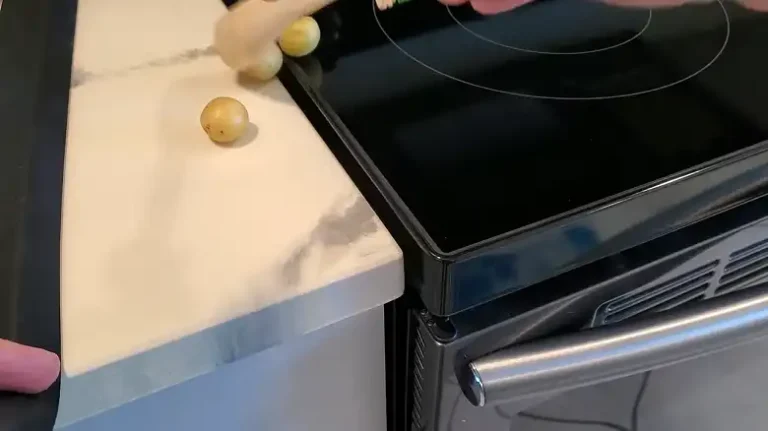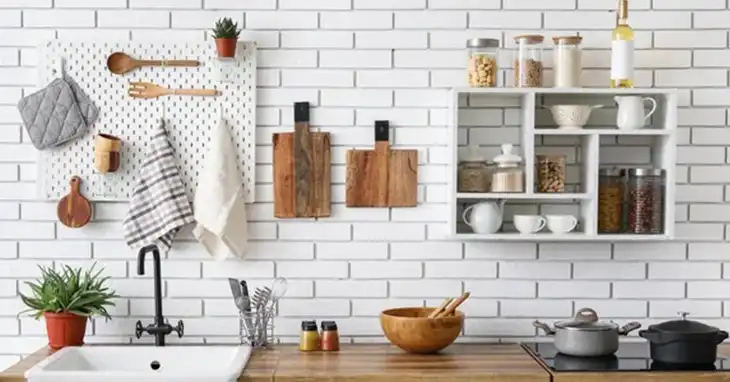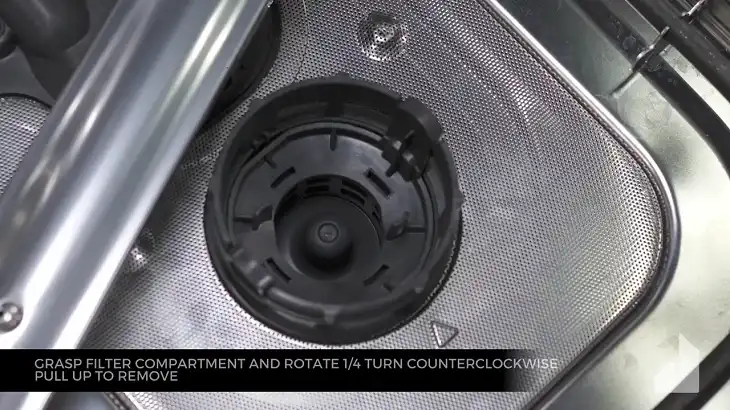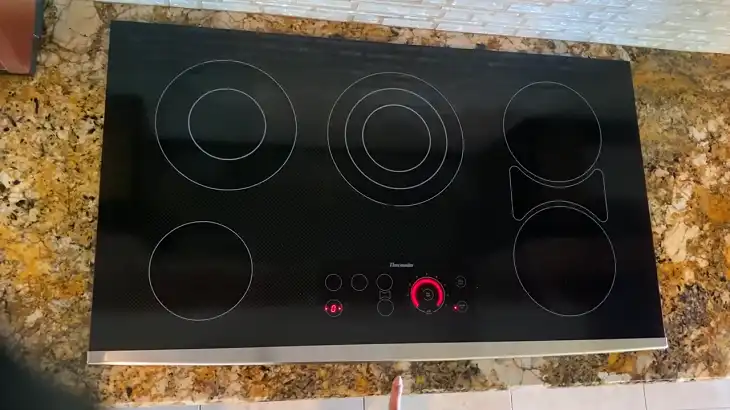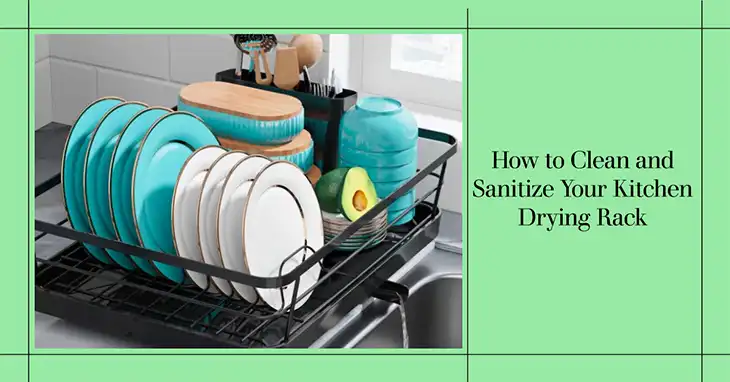How to Remove Rust from Dish Drying Rack?
Rust on your dish drying rack isn’t just an eyesore, it’s a potential health hazard. Rust can harbor bacteria and compromise the hygiene of your kitchen essentials. But don’t worry! With the right techniques, you can restore your dish rack to its former glory and extend its lifespan. This article will walk you through everything you need to know about tackling rust on your dish drying rack.
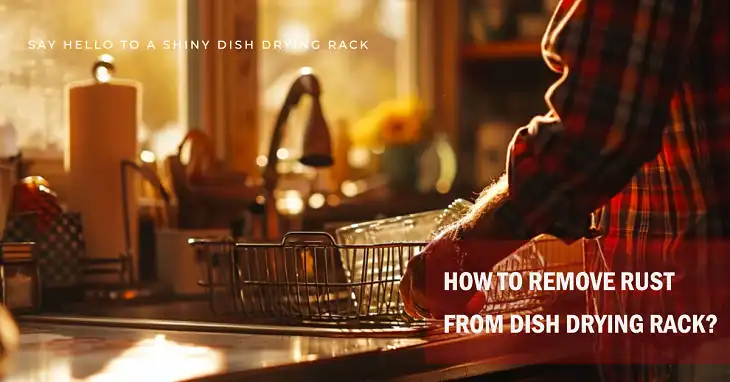
Why Rust Formation Occurs in Dishwashers
Before we dive into removal methods, it’s crucial to understand why rust forms on your dish rack. Rust is the result of a chemical reaction between iron, oxygen, and water. This process, called oxidation, can occur rapidly in humid environments like kitchens. Dish racks made of iron or steel are particularly susceptible, especially if their protective coating has been scratched or worn away.
Factors that accelerate rust formation include:
- Constant exposure to moisture
- High humidity levels
- Salt or acidic residues from food
- Scratches or chips in the rack’s protective coating
How to Assess the Rust Damage
Before you start the rust removal process, take a close look at your dish rack. Is the rust superficial, or has it eaten deep into the metal? The extent of the rust will determine which method is most appropriate.
Here’s a quick guide to help you assess the damage:
| Rust Level | Description | Best Treatment Method |
| Light | Surface discoloration, no pitting | Natural cleaning methods |
| Moderate | Visible rust spots, slight pitting | Abrasive cleaning or commercial removers |
| Severe | Deep rust, significant pitting | Abrasive methods or consider replacement |
Natural Cleaning Methods to Remove Rust from Dish Drying Racks
- Baking Soda Paste
This gentle yet effective method is perfect for light rust. Mix 3 parts baking soda with 1 part water to create a thick paste. Apply this to the rusty areas and let it sit for 15-30 minutes. The alkaline nature of baking soda helps to dissolve the rust. Scrub gently with a non-abrasive sponge, then rinse thoroughly.
- Vinegar Soak
For more stubborn rust, vinegar is your go-to solution. Create a mixture of equal parts white vinegar and water. Submerge the rusty parts of your rack in this solution for at least 30 minutes. For larger racks, you can apply the solution with a cloth. The acetic acid in vinegar works to dissolve the rust bonds.
- Lemon and Salt Scrub
Nature’s rust-buster duo! Cut a lemon in half and sprinkle salt on the cut side. Rub this directly on the rusty areas. The citric acid in lemon juice combines with the abrasive quality of salt to break down rust effectively. Leave it on for about 15 minutes before scrubbing and rinsing.
- Potato and Dish Soap Method
Sounds odd, but it works! Cut a potato in half and dip the cut side in dish soap. Rub this on the rusty areas. The oxalic acid in potatoes is a natural rust dissolver. Leave it for about an hour, then scrub and rinse. It’s an eco-friendly option that’s gentle on your rack.
Abrasive Cleaning Methods to Get Rid of Rust
For more tenacious rust, you might need to employ some elbow grease.
- Scouring Pad/Steel Wool
Use these with caution, especially on chrome or nickel-plated racks. Gently scrub the rusty areas in a circular motion. Always scrub in the direction of the metal grain to avoid scratches. This method is best for uncoated metal racks with stubborn rust.
- Wire Brush
A wire brush can be effective for deeply embedded rust, but it’s a last resort for uncoated metal racks only. Use gentle, consistent strokes to avoid damaging the rack’s surface. Always follow up with a thorough cleaning to remove any metal particles.
Commercial Rust Removers
If natural methods aren’t cutting it, commercial rust removers can be highly effective. Products like CLR or Rust-Oleum Rust Dissolver Gel can tackle even severe rust. Follow the manufacturer’s instructions carefully, as these products often contain strong chemicals. Typically, you’ll apply the product, let it sit for the specified time, then scrub and rinse thoroughly.
Post-Removal Treatment
Once you’ve banished the rust, it’s crucial to protect your rack from future oxidation. Here’s how:
- Clean thoroughly with soap and water to remove any residue
- Dry completely with a clean cloth
- Apply a thin layer of mineral oil or beeswax to create a protective barrier
- For severe cases, consider repainting with a rust-resistant paint (ensure it’s food-safe)
Frequently Asked Questions
Can toothpaste remove rust?
Yes, toothpaste can be used as a mild abrasive to remove light rust. Apply a small amount of non-gel white toothpaste to the rusty area, gently scrub with an old toothbrush, and rinse thoroughly. This method is best for small rust spots on non-porous surfaces.
Does Coca-Cola remove rust?
Surprisingly, yes! The phosphoric acid in Coca-Cola can dissolve rust. Soak the rusty area in Coke for about an hour, then scrub gently. This method is more effective for small items or spot treatments rather than large surfaces.
How do you get rid of rust in 5 minutes?
For quick rust removal, try a commercial rust remover gel. Apply it to the rusty area, wait 5-10 minutes, then wipe or rinse off. Always follow the product instructions. Keep in mind that while this method is fast, it may not be suitable for all materials or severe rust cases.
How do you remove calcium deposits from a dish rack?
To remove calcium deposits, create a solution of equal parts white vinegar and water. Soak the affected areas for 30 minutes to an hour, then scrub gently with a soft brush. For stubborn deposits, you can use a paste made from vinegar and baking soda, apply it to the deposits, let it sit for 15 minutes, then scrub and rinse.
How to clean a wood drying rack?
For wooden drying racks, avoid soaking in water. Instead, wipe it down with a cloth dampened with a mixture of mild dish soap and warm water. For tougher stains, you can use a soft brush. Dry immediately with a clean towel and allow it to air dry completely before use. Periodically apply food-grade mineral oil to maintain the wood and prevent cracking.
How to remove mold from a dish drying mat?
First, wash the mat in hot, soapy water. Then, create a solution of 1 part white vinegar to 4 parts water. Spray this on the moldy areas and let it sit for an hour. Scrub gently with a brush, then rinse thoroughly. For persistent mold, you can use a diluted bleach solution (1 tablespoon bleach per quart of water), but be sure to rinse very well afterward.

